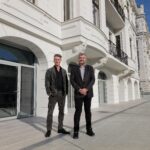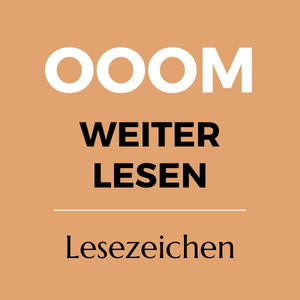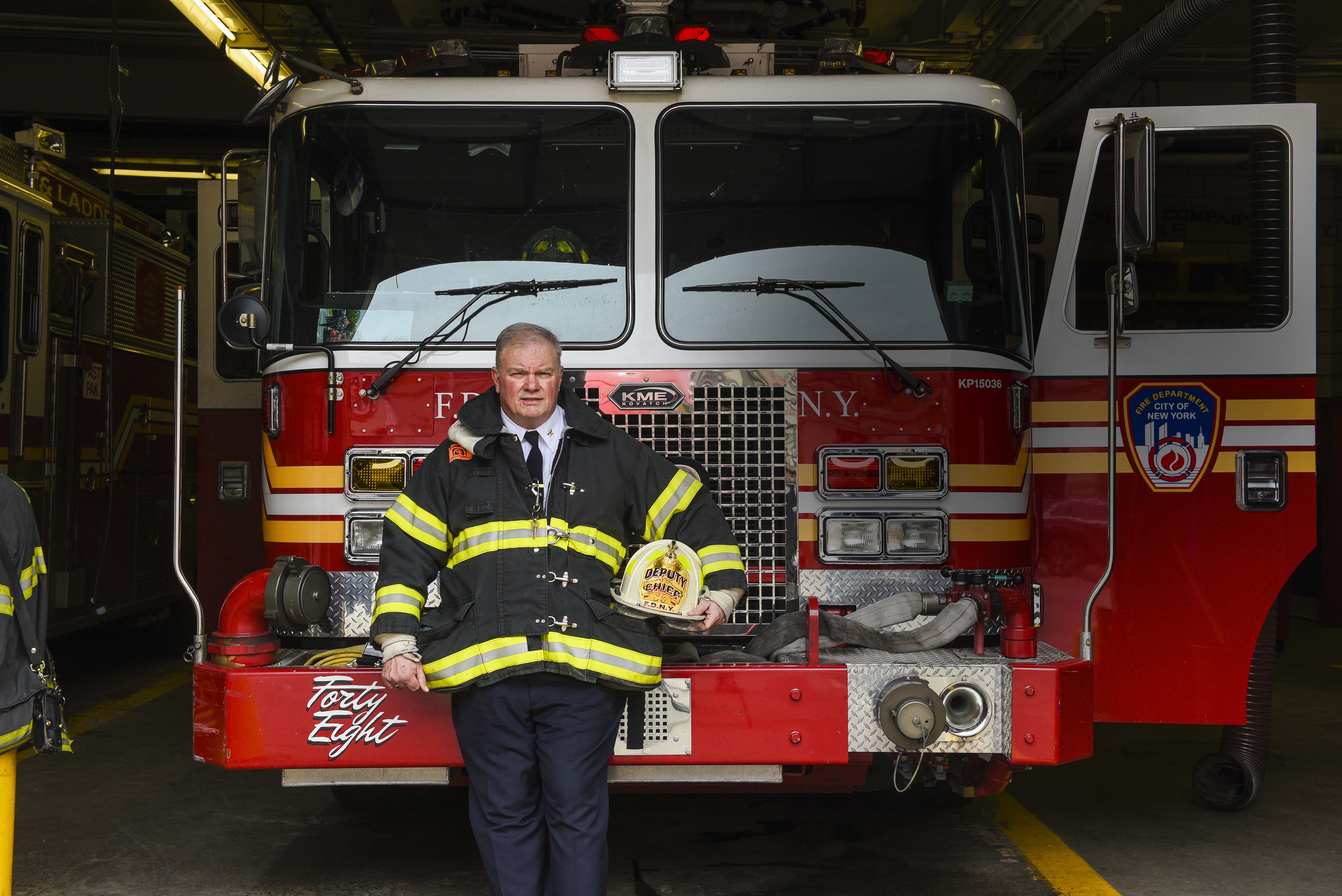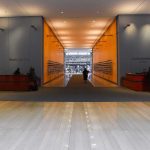The Bronx is New York City’s northernmost borough. The exterior of the red brick house is inconspicuous; only the outsized garage doors hint at the large vehicles that are parked inside. This is a New York Fire Department station; more specifically, this is Engine 43, Ladder 56, Division 7, where a dozen firefighters do their job around the clock. On the ground floor, dark blue protection suits with bright yellow stripes hang on a wall, neatly wrapped in transparent plastic covers. Right next to the suits is an assortment of firefighting gear, ready for the next emergency. Affixed to the opposite wall is a picture within a brown frame, featuring 343 small portrait photos beneath a single sentence: “Our Brothers Will Never Be Forgotten.” The portraits display the faces of all of the firefighters who lost their lives on September 11, 2001. Every small picture tells a story of heroism and bravery.
An American Hero
One floor up, we talk to Deputy Chief Jay Jonas, sitting in his dark brown leather chair, and listen to his recollections of the day that would change his life, along those of countless others. Jonas is not hardly a typical firefighter; he is an American hero. Jonas and his men saved the life of a woman in stairway B of the North Tower, as the building collapsed all around them. The rescue was one of the miracles that occurred on a day filled with sadness, fear, desperation and death.
We ran to the main entrance of the World Trade Center. In front of the door, two heavily burned people lay on the floor. I needed to decide: Do I stop and help those two people or do I go upstairs and help maybe a hundred People.
Jay Jonas‘ Story. Jonas takes a large sip from his coffee mug. The day of our interview, he is responsible for the Bronx and northern Manhattan, with more than 40 units under his command. He has lost count of how many times he has told his story, certainly hundreds of times, maybe thousands. It is his personal story, but it is also the story of New York, a city whose values, pride and way of life were the target of a cowardly attack, the story of a community who found new strength after the September 11.
I know you must have told this story a thousand times. But as a matter of fact: 9/11 changed your life entirely. Can you remember 9/11, 7 a.m. – did it look like a normal day in your life? September 11, 2001, 7 am. Do you remember the morning of the day that would bring the apocalypse?
I came home from work the night before. It was a very storming night. I waited for my oldest daughter to come home, then I went to work. We had a lot of weather-related emergencies that night, and then the morning came, the storm blew out; it was a beautiful morning. I was just preparing my daily routine for the start of the tour, brushed my teeth, shaved, made sure my uniform was good. And about a quarter to 9 in the morning, 8:43, we heard the first plane scream across the sky; you could hear the jet trail following it, and the loud explosion of the plane hitting the Tower.
When you heard that noise, did you immediately know that this was not a regular emergency?
Well, we heard the noise and it was so loud – I didn’t really know what it was. Not far from my firehouse is the Manhattan Bridge; it was so loud that it sounded like a truck drove off the Manhattan Bridge. The fireman in front of the firehouse called the house watchman; he got on the intercom and yelled out that a plane just crashed into the World Trade Center. So, I ran out in front of the firehouse, and I could see the large plume of smoke coming across the sky. Turned out that both the Ladder company I was in, Ladder 6, and Engine 9, which we shared the firehouse with, all responded to the WTC.
Our firehouse was located about a mile northeast of the WTC. The closer we got, the more we had to slow down, to evade people who were running away from the building. We parked our fire truck on Vesey Street. And as we were dismounting the fire truck, to move some equipment that we would need, pieces of the building started to fall and hit the fire truck. We quickly retreated underneath the pedestrian bridge that connected the WTC with the World Financial Center across West Street. And we kept looking if anything else was falling down, and went back to the fire truck to get more equipment. Finally, we got all the equipment that was necessary and I looked up and didn’t see anything coming down, so I said: “Ready, set, go!” We ran to the front door of the WTC, and right in front of that door were two badly burned people who had been_ in the elevators when the plane hit. The jet fuel and the vapors had gone down the elevator shafts and ignited these people. So, I was faced with my first decision: Do I stop and help those two people or do I go upstairs and help, maybe, a hundred people?
You decided to enter the building?
In the corner of my eye, I could see paramedics approach, so I went inside. Every high-rise building in NYC has a fire command station, where you talk to people in elevators, you can see smoke alarms going off, that kind of thing. It’s a good place to have a command post for a high-rise building fire. This was no different. We set up a command post, initially, right there. So, I had to report in to get orders: What does the chief-in-command want my unit to do? As I waited online to get my orders, we heard another loud explosion. I looked out the window, and I saw flaming pieces falling to the ground. We didn’t know what those were. A man came running outside and said, “A plane just hit the second South Tower!”
Was it clear for you, in this moment, that this was a terrorist attack?
Once the second plane hit, it was clear. We knew this wasn’t a mistake. The first one might have been a horrible accident, the second one, not. We didn’t know who we were at war with! I was the first fire officer to receive orders after the second plane hit. I was talking to the chief who was running the fires, Pete Hayden, and said: “You know a second plane just hit the tower?” And he closes his eyes and just says, “I know, I know. Just take your guys upstairs in this building for search and rescue and do the best you can.” The reason why I said it was because I thought he would send me there, but he said no, stay here in this building! So, we were heading for the B-stairway of the North Tower.
When we moved on from the 27th floor, I heard a loud roar outside. Our building started to shake violently and the lights went out. All I saw was a dark cloud. The South Tower had just collapsed in that moment, right next to us.
How many men were under your command at that point?
I had 5 firemen attached to me. The youngest member of our crew – his name was Sal D’Agostino – turned to me and said, “Hey cap! I wonder where the Air Force was.” I responded to thousands of fires in my career, but that struck me, when he said that. We started climbing. Stairways for such a big building are relatively narrow. It’s wide enough to have two people standing abreast. There was a line of civilians coming down the stairs, and a line of fireman coming up the stairs. We were brushing shoulders as we passed each other. It was also, for the most part, the first time these People used the stairs. Each of these towers had 99 elevators, but only three stairways.











